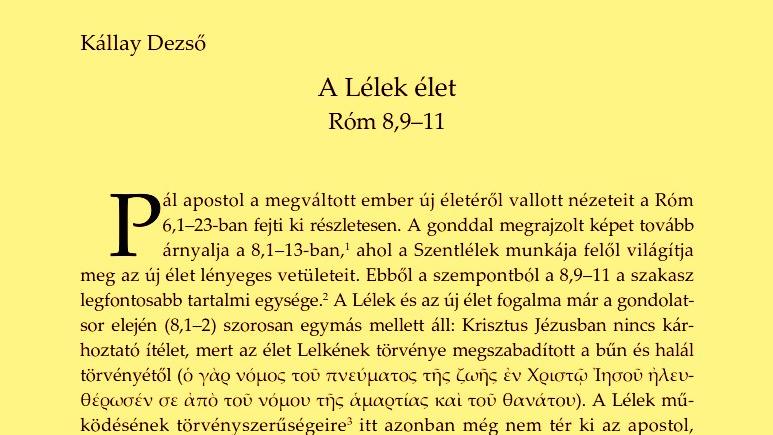Freude aus der Verheissung des Evangeliums – eine matthäische Perspektive
Freude aus der Verheissung des Evangeliums – Pfarrdienst in Diaspora und Volkskirche – so lautet das Thema unserer Tagung. Wenn man mich vor fünfundvierzig Jahren, als ich mein Theologiestudium abschloss, mit diesem Thema konfrontiert hätte, so hätte ich gesagt. Ja, selbstverständlich! Ich freute mich auf den Dienst in meiner Kirche. Ich wollte das Evangelium verkündigen. Wir waren damals von der Bibel und von der Theologie Rudolf Bultmanns geprägt, ein bisschen hatten wir auch von Karl Barth mitbekommen.
